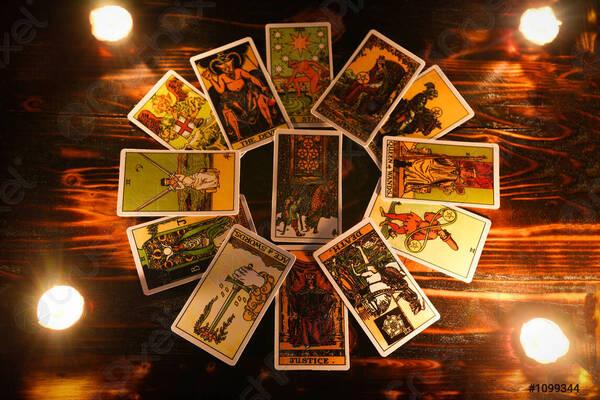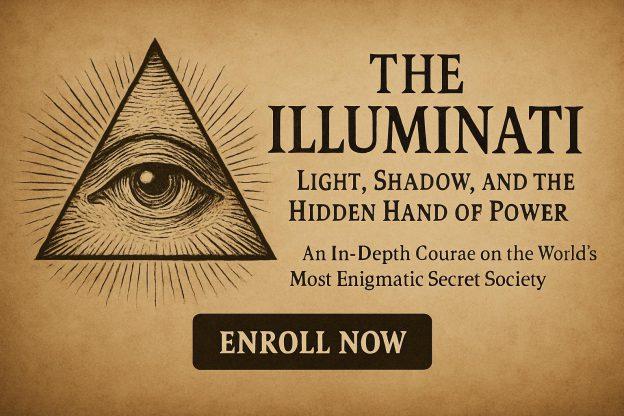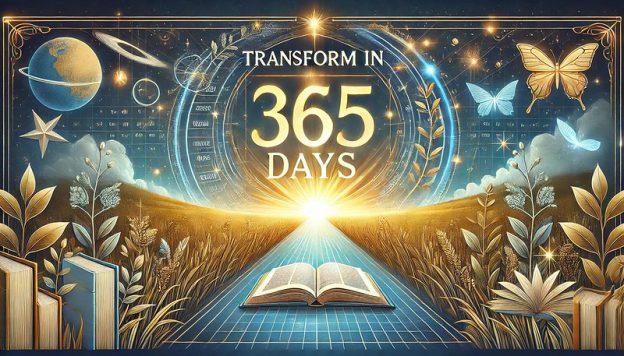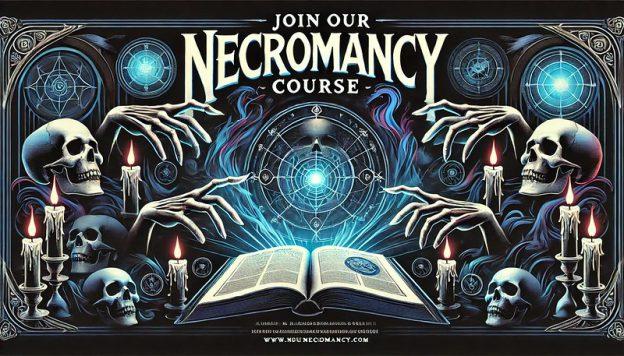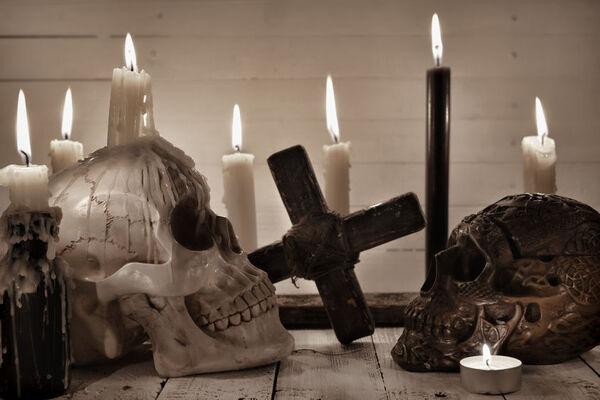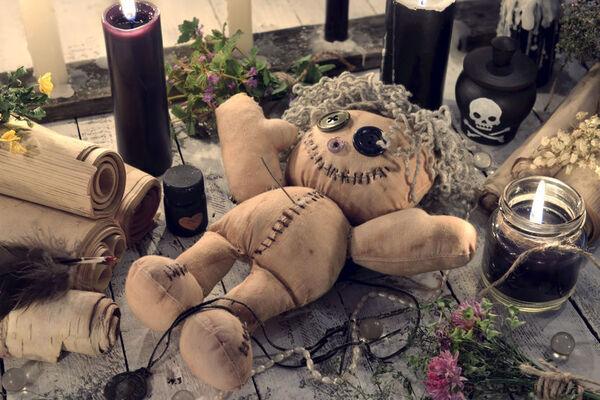BAHÁ’Í FAITH

The Bahá’í Faith is a universalist monotheistic religion that originated in nineteenth-century Persia (modern-day Iran). It teaches the unity of God, the unity of all religions, and the unity of humankind, proclaiming that all the great prophets throughout history have been successive messengers in a single divine revelation.
Emerging during a time of intense political and religious upheaval, the Bahá’í Faith presented a radical vision of spiritual and social unity, transcending race, nationality, and creed. Today, it stands as one of the world’s most geographically widespread religions, with an estimated eight million adherents in over 200 countries.
Origins and Early History
The Bahá’í Faith traces its spiritual lineage to Siyyid `Alí Muhammad Shirazí (1819–1850), known as the Báb — meaning “the Gate.” In 1844, the Báb declared that he was the herald of a new messenger of God who would soon appear to guide humanity into a new era of enlightenment and peace.
His teachings spread rapidly across Persia, inspiring thousands but alarming both Shi’a clerics and Persian authorities, who viewed them as heretical. The Báb was imprisoned and ultimately executed in 1850, but his movement — known as Bábism — became the spiritual foundation for what would follow.
Among the Báb’s followers was Mírzá Ḥusayn-‘Alí Núrí (1817–1892), who would later become known as Bahá’u’lláh (“The Glory of God”). In 1863, while exiled in Baghdad, Bahá’u’lláh announced that he was the promised one foretold by the Báb — the Manifestation of God for this new age. His message proclaimed the oneness of all faiths, the abolition of prejudice, and the creation of a global commonwealth of peace and justice.
Persecuted by both Persian and Ottoman authorities, Bahá’u’lláh spent the remainder of his life in exile and imprisonment, ultimately confined to ‘Akká (Acre) in present-day Israel, where he composed his principal writings, including the Kitáb-i-Aqdas (The Most Holy Book) and Tablets of Unity.
After his death in 1892, leadership of the community passed to his son ‘Abdu’l-Bahá (1844–1921), who travelled widely through Europe and North America, spreading the Bahá’í message of global unity and spiritual renewal.
‘Abdu’l-Bahá’s grandson, Shoghi Effendi (1897–1957), became the Guardian of the Faith, developing its administrative order and preparing it for global expansion. Following his death, the international leadership of the Bahá’í Faith passed to the Universal House of Justice, first elected in 1963, and still functioning today as the religion’s highest governing body, based in Haifa, Israel.
Core Teachings
At the heart of Bahá’í belief lies the concept of progressive revelation — the idea that God has revealed His will to humanity through a series of Manifestations, each suited to the capacity of the time and culture in which they appeared. These include figures such as Moses, Krishna, Zoroaster, Buddha, Jesus, Muhammad, the Báb, and Bahá’u’lláh.
Bahá’ís view these faiths not as separate religions but as chapters in a single divine story — humanity’s ongoing spiritual education. The central principles of the Bahá’í Faith include:
- The oneness of God — a single divine source beyond human comprehension.
- The oneness of religion — all prophets originate from the same divine truth.
- The oneness of humanity — all people are equal, regardless of race, gender, or nationality.
- Independent investigation of truth — each person must seek spiritual understanding for themselves.
- Harmony between science and religion — both are expressions of truth and must work together.
- Universal education — ignorance is the greatest barrier to peace.
- Equality of men and women — spiritual and social parity as a divine principle.
- World peace through global governance — a vision of international cooperation guided by moral and spiritual values.
Worship and Practice
Bahá’í spiritual life is simple and inwardly focused. There is no clergy, and believers gather in local communities led by elected councils called Spiritual Assemblies.
Daily practice includes:
- Obligatory prayer, recited privately once a day.
- Meditation and reflection upon the sacred writings.
- Community meetings every nineteen days, known as Feasts, for worship, consultation, and fellowship.
The Bahá’í calendar, known as the Badí‘ Calendar, consists of nineteen months of nineteen days each, with four or five intercalary days to complete the solar year. The New Year (Naw-Rúz) is celebrated on 21 March, coinciding with the spring equinox, symbolising renewal and harmony with the natural world.
The Nineteen Day Fast, observed from 2 to 20 March, calls upon believers to abstain from food and drink from sunrise to sunset, focusing on spiritual discipline and reflection.
Temples and Architecture
One of the most striking aspects of the Bahá’í Faith is its architectural expression. Each Bahá’í House of Worship, or Mashriqu’l-Adhkár (“Dawning Place of the Praise of God”), is open to people of all faiths and serves as a physical symbol of unity.
Every temple is nine-sided — reflecting the Bahá’í reverence for the number nine, symbolising completeness and unity — and crowned with a central dome.
Prominent temples include:
- The Lotus Temple in New Delhi, India, completed in 1986, whose design evokes the lotus flower, a universal symbol of purity.
- The House of Worship in Wilmette, Illinois, USA, noted for its intricate lace-like dome.
- The Bahá’í Temple of Santiago, Chile, which opened in 2016, featuring glass and marble panels that glow with natural light — a luminous metaphor for divine unity.
The Bahá’í World Centre in Haifa and ‘Akká, Israel, remains the spiritual and administrative heart of the faith, encompassing the Shrine of the Báb, terraced gardens, and the Seat of the Universal House of Justice.
Modern Global Presence (2025)
As of 2025, the Bahá’í Faith is present in over 200 countries and territories, with millions of adherents from diverse ethnic and cultural backgrounds. It remains one of the most geographically widespread religions in the world, with particularly strong communities in India, Iran (despite persecution), the United States, Kenya, and Papua New Guinea.
Bahá’ís are known globally for their emphasis on education, social development, and interfaith cooperation. The Bahá’í International Community, a consultative body with United Nations observer status, advocates for human rights, gender equality, and environmental sustainability.
In Iran, where the Faith was born, Bahá’ís continue to face discrimination and restrictions under the Islamic Republic. Nevertheless, the global community’s commitment to peaceful perseverance remains a defining feature of the faith.
In the twenty-first century, Bahá’ís see themselves as builders of unity in a divided world, promoting intercultural understanding, ethical governance, and the integration of science and spirituality.
Symbolism and Esoteric Meaning
The Bahá’í symbol, the Nine-Pointed Star, represents the faith’s core teaching of unity — nine being the highest single-digit number and a sign of divine completeness. The star is often depicted surrounding the Greatest Name (in Arabic, Yá Bahá’u’l-Abhá — “O Glory of the Most Glorious”), a calligraphic emblem symbolising the eternal praise of God.
While the Bahá’í Faith is doctrinally non-occult, it shares profound symbolic resonance with mystical traditions. Its teachings on spiritual evolution, cosmic order, and divine reflection echo the esoteric idea that all creation mirrors the attributes of the divine. The Bahá’í path thus represents both a rational faith and a mystical journey toward unity — the reconciliation of heaven and earth within human consciousness.
Legacy
The Bahá’í Faith stands today as a luminous testament to the enduring power of spiritual synthesis and universal vision. It reinterprets revelation not as a relic of the past but as an ongoing process, linking ancient prophecies to modern ideals.
In a world fractured by ideology and difference, the Bahá’í message remains one of hope, inclusivity, and evolution — a call to recognise that humanity is one family, and the earth our shared home.
“So powerful is the light of unity,” wrote Bahá’u’lláh, “that it can illuminate the whole earth.”
FURTHER READING:
- John Ferraby, All Things Made New: A Comprehensive Outline of the Baha’i Faith (London: Baha’i Publishing Trust, 1975);
- Peter Smith, The Babi and Baha’i Religions (New York: Cambridge University Press, 1987);
- ———, AS Babylonian religion Concise Encyclopedia of the Baha’i Faith (Oxford: Oneworld, 1999);
- ———, A Short History of the Baha’i Faith (Oxford: Oneworld, 1997).
SOURCES:
- The Encyclopedia of World Religions – Revised Edition – written by DWJ BOOKS LLC.
General Editor: Robert S. Ellwood – Associate Editor: Gregory D. Alles – Copyright © 2007, 1998 by DWJ BOOKS LLC - The Kitáb-i-Aqdas by Bahá’u’lláh.
- The Bahá’í Faith and the United Nations: Vision of Unity in Diversity, Bahá’í International Community, 2022.
- Peter Smith, A Short History of the Bahá’í Faith, Oneworld Publications, 2018.
- Journal of Global Religion and Ethics, Vol. 17, 2024: “The Bahá’í Vision in a Fragmented World.”
Revised Edition — Occult World
This article was reviewed and refined by Occult World, blending verified historical insight with esoteric understanding. All texts follow British English spelling.
Updated: 19th of October 2025

